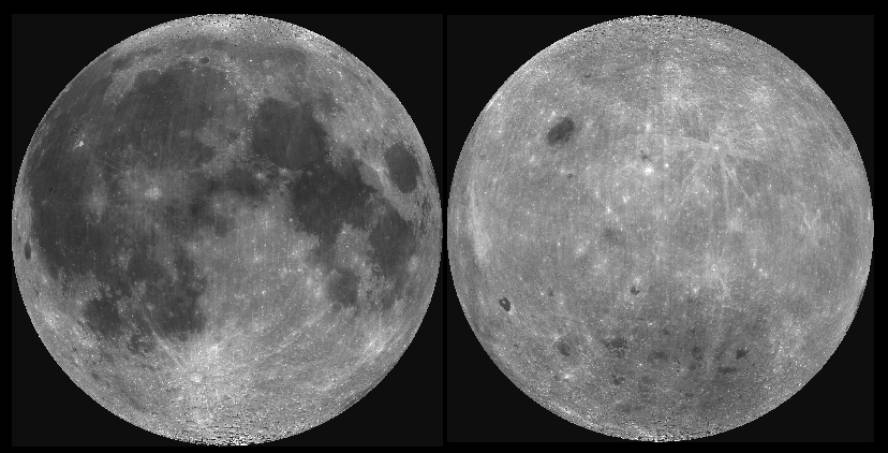They explain why the hidden face of the Moon has no sea

It is known that the hidden surface of the Moon is softer than the view from Earth. A few years ago it was affirmed that in this area the surface is thicker than in the other, so there was no process of formation of the seas. In fact, the lava filling of the craters by impacts caused the appearance of the seas in the visible area from the Earth, while in the hidden part, being thicker the surface, did not occur. However, they had a question to answer: Why is the hidden face thicker? They have now published an article in the journal Earth and Planetary Astrophysics.
The authors of the article are astronomers at the University of the State of Penn. According to them, the key is the heat emitted by the Earth. In fact, after the collision that caused the Earth and the Moon, it has been calculated that the temperature on the Earth's surface had reached 8,000 K and it took a thousand years to cool down to 2,500 K. Meanwhile, the Moon was near the Earth and had already a side looking at it. Therefore, this difference was warmed more than the other.
Astronomers believe that this temperature difference had a major influence on the formation of the lunar surface: The Moon, being smaller than the Earth, cooled much earlier, especially in the hidden part. And that's what made that difference solidify faster.
In addition, the Earth would also influence the distribution of the surface materials of the Moon, since some substances would be condensed earlier in the hidden part. Thus, astronomers have suggested that the hidden part will be rich in calcium oxide and dialuminium trioxide. However, no hidden sample has yet been received, so the next step will be to confirm this.





